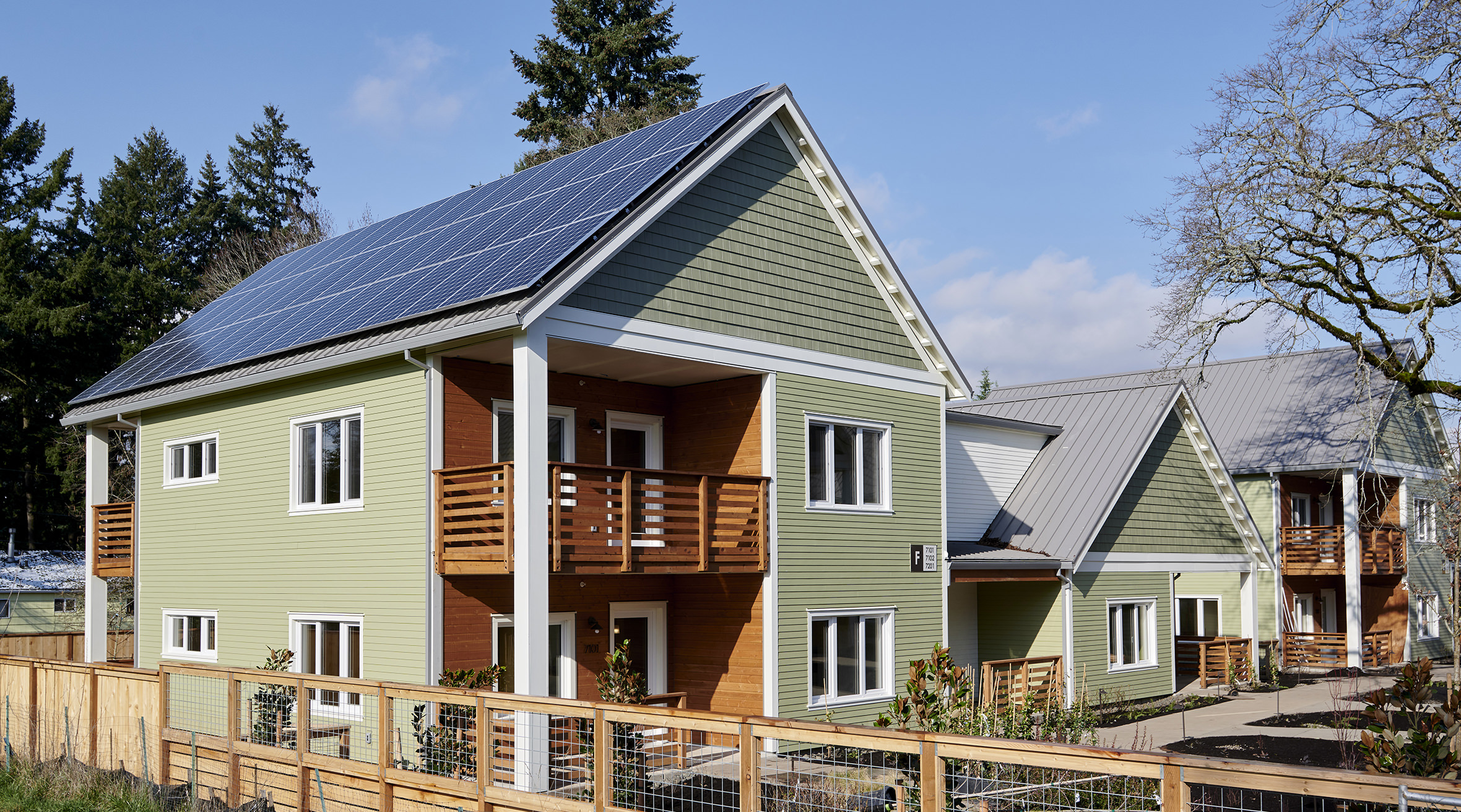What is a Resiliency Action Plan (RAP)?
Resiliency Action Planning (RAP) is a collaborative process designed to help people and organizations plan for the future. Together, we create actionable steps to increase the resilience of your home, business, organization, and community in the face of disruptive events.
Why invest in a Resiliency Action Plan?
Natural and human-caused events such as wildfires, earthquakes, power outages, and extreme temperatures can severely hinder an organization’s ability to maintain safe, stable operations.
Climate projections for the Pacific Northwest indicate that by the 2080s, annual average temperatures could increase by 4.7–10°F (2.6–5.6°C), depending on emission scenarios. Power outages are on the rise due to the increase of extreme weather events, along with an aging electricity system and rising demand. Additionally, the looming potential of a large Cascadia earthquake is impossible to ignore. According to seismologists, if you live in the Portland Metro Area, in the heart of the Cascadia Subduction Zone, there is a 37% chance that a 7.0 earthquake will occur in the next 50 years.
The human toll of such crises, not to mention the economic costs, can be devastating. Whether you run a large organization or are concerned about your own family’s health, it’s essential to have the ability to anticipate, adapt to, and rapidly recover from a disruptive event. Resiliency planning will help you better prepare to maintain operations that support health, safety, communication, transportation, and other essential needs.
Key Elements of a Resiliency Action Plan
Resiliency action planning starts with clarifying your priorities. These priorities shape the development of resiliency goals and strategies tailored to your needs. From there, we facilitate the creation of a budget, timeframe, and work plan to help ensure implementation is both practical and achievable—no matter how ambitious the resilience vision may be.
Resiliency Action Plans typically focus on the following key infrastructure systems:
-
Structural Reinforcement: Strengthening buildings and structures to resist earthquake damage.
-
Energy Systems: Enhancing energy conservation, production, and storage capabilities.
-
Water Systems: Implementing water conservation, storage, and filtration measures.
-
Fire Safety: Developing fire prevention and resistance strategies to protect against wildfires and other fire-related risks.
-
Air Quality: Improving air filtration, purification and air sealing for healthier indoor environments.
-
Transportation: Ensuring clean, energy-efficient transportation options, improving access, and enhancing safety.
-
Food and Medical Supplies: Ensuring supplies are adequately stocked (and restocked regularly) for a multi-day emergency event.
-
Emergency Response: Updating resilience plans on a regular basis and training staff and residents on emergency procedures.

Steps to resiliency planning
We help you and your organization take a proactive approach to plan for the future. Whether you are a single-family homeowner or run a multi-use campus, we help you understand the potential risks and take actionable steps to minimize them. Resiliency planning is a highly collaborative process. Together, we create solutions that will work for your budget and timeline.
1.) Visioning: We lead your team through a Visioning Workshop, defining what resiliency means for your organization. Key stakeholders identify the most significant risks and systems of concern, such as, seismic, energy, water, air, fire, and emergency response.
2.) Goal Setting: Together, we establish clear goals, strategies, timelines, and budgets for implementation.
3.) Strategy Refinement: We dig deeper into system interactions by hosting additional workshops. Together, we brainstorm solutions. We conduct follow-up interviews to gain further insights and make refinements.
4.) Documentation: We develop your RAP, which includes a detailed sequence of system updates, timelines, and integration with your budget and planned facility upgrades and maintenance plans.
5) Implementation: From designing and building new zero energy buildings to renovating existing infrastructure, our experts are equipped to implement the strategies in your RAP effectively.
Learn more
Watch this video about how we collaborated with Rose Villa Senior Living on a Resiliency Action Plan for their 22-acre campus in Portland, Oregon.
Ready to get started?
Contact us today to set up a time to discuss your ideas.